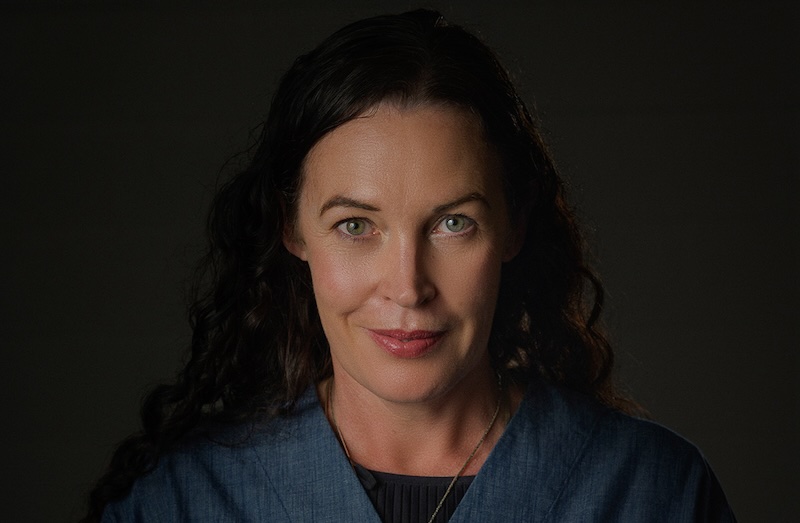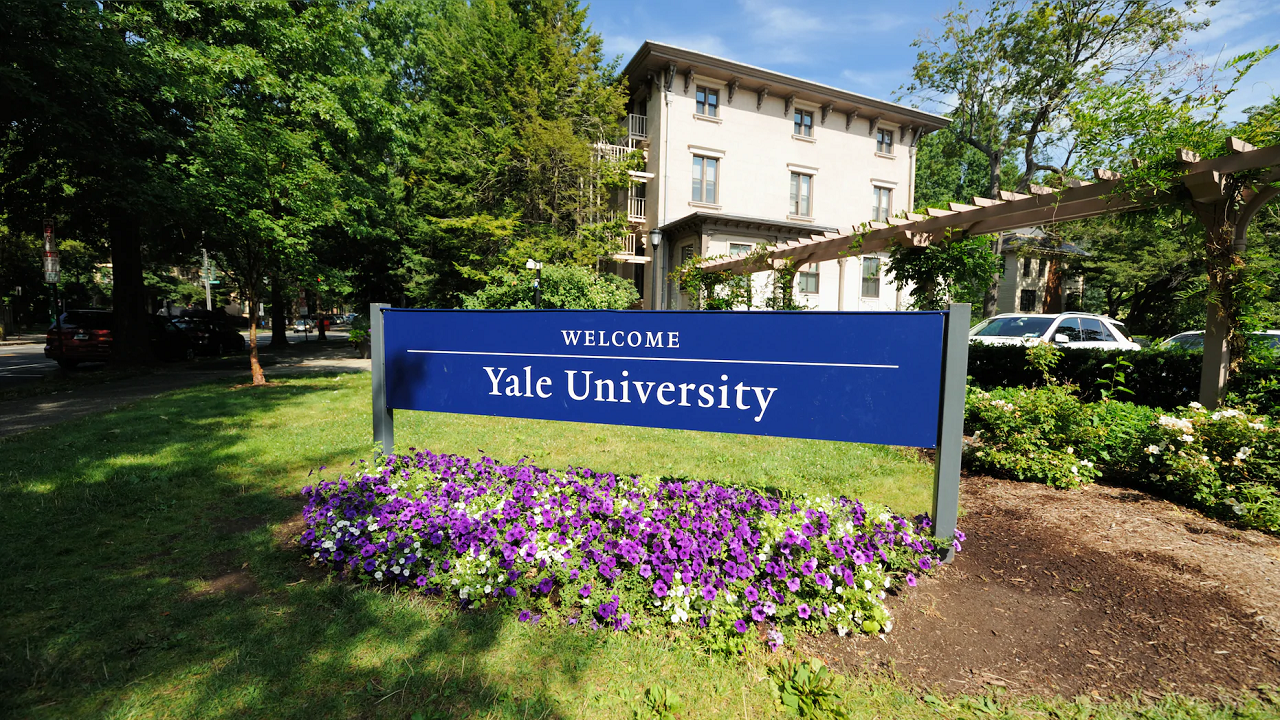Summer reissue: Flat and surrounded by hills and rising tides, it’s no surprise that South Dunedin is at risk of flooding. But nine years of preparation meant October’s deluge wasn’t as bad as it could have been – and a future here still seems possible.
The Spinoff needs to double the number of paying members we have to continue telling these kinds of stories. Please read our open letter and sign up to be a member today.
First published October 9, 2024.
Standing in her living room, Faye points out the window, glaring at the source of all her troubles. “It was actually quite pretty, I wish you’d been here yesterday,” she says. Grey-haired, with bright blue eyes and a pastel dressing gown, she mimics what the storm grate in the centre of her street does when it floods. “It’s like a fountain,” she says, elbows rotating in the air.
It’s Saturday, October 5. Faye lives on Surrey Street, just down the road from where I’m staying with my sister in South Dunedin. Yesterday, this low-lying street was a torrent, the very much unwanted storm drain “fountain” was overflowing, the road was closed, and Faye was “locked in”.
“They knocked on the door [on Thursday night] and said I should evacuate,” says the retiree, holding her cup of tea. “I said ‘I’m not going,’ I wanted to stay here and keep the water out, which I did.” When it floods, toilets on her street often bubble over; to prevent this, she had scooped the water out of the toilet bowl and stuffed towels down the tubes, put sandbags in front of the doors and tape around the doorframe and relied on bottled water. “I hope I didn’t stick the towels up too far, I need to get them out,” she muses now.
But while Faye is yet to extract the towels blocking the U-bend, the immediate danger has passed, and Surrey Street is dry, unlike the day before. It’s well known that South Dunedin is prone to flooding, and the low-lying houses on Surrey Street particularly so. With 130mm of rain falling in 24 hours last Thursday and Friday, the most in a century, the danger is once again a present one. At least 11 houses have been red stickered, the local racecourse became a giant puddle, a state of emergency was declared, dozens of roads were closed and insurance premiums will likely rise. And yet, at the same time, the flood could have been so much worse: nine years ago, a rain event damaged hundreds of homes across the low-lying area of the southern city. There was less water then, and the fact that this storm wasn’t worse is a reminder of how climate mitigation can be put into practice.
Memories of 2015
‘In 2015, the water was up to here, covering the drain,” says Julie Ryan, waving a hand over an outlet in her backyard. The high school teacher has lived in South Dunedin with her husband Jono and their two kids for more than 13 years. The water in their backyard didn’t drain for days, but the Ryans got off easily. “All the backyards in this street flooded, even though it looked fine from the front.” Overall, the June 2015 storm was estimated to cause at least $138m of damage.
“There were some real flaws in the Dunedin City Council response, which led to a lot of anger – the mud tanks hadn’t been cleaned, for example,” says Mike Hammond, the chair of the South Dunedin Community Network. We’re sitting at Ryan’s kitchen table with Eleanor Doig, the network’s former manager, and Kirsten Gibson, who she handed over to in May; Ryan is a longstanding member. The group formed in the wake of the 2015 floods, seeing how much it had hurt this low-income area of Dunedin. They tried to give that anger somewhere to go, to build a better future for the city; they host biannual hui where community members can hear from council and other stakeholders, and have their concerns heard in response. The most recent hui was on Wednesday night.
After the 2015 flood, “it took a while to realise just how many people were sitting in wet houses, not knowing how to reach out,” Ryan says. South Dunedin has a high rental population, adds Doig, a long-standing community activist. This meant that people were housed elsewhere across the city as landlords filed insurance claims and did repairs – still obvious in the number of rental properties with brand-new interiors, courtesy of drenched carpets and sodden furniture. The community was separated. “Kids who were going to school with my boys were coming in from Brockville,” Ryan says, naming a suburb right at the edge of Dunedin.
Another impact of the 2015 flood was that insurance premiums immediately went up. “Insurance became more expensive for everyone, not just people on this street,” says another Surrey Street resident, Ron, who evacuated on Thursday night at the behest of his grandson, a security guard who works nearby. Ron and his wife Margie only moved to this house three years ago, but they knew it was flood-prone.
Part of the appeal of South Dunedin is also what makes it susceptible to flooding: it’s very flat. “There are lots of silver-haired people around here – well, we actually prefer to call ourselves platinum-haired,” Margie tells me, once she gets off the phone with a friend. (“We’ve had so many phone calls – everyone wants to know if we’re OK.”) Hammond, who worked as a public health nurse before joining the community network in the hope of giving back, says that lots of people with physical disabilities live in the area; many people receive social support.
While there was a lot of criticism of the council following the 2015 floods, most people agree that the response has improved in the years since. “When we first moved in here, there was a heavy downpour, there was lots of fat and water and stuff bubbling out from that outlet on the other side of Surrey Street, but they’ve kept the drain really clean since then,” says Margie. She feels that last week’s flood wasn’t that bad, even with water running down the side of her house and “a bit of a pond” around the front. The council rang, made sure they had sandbags, and then picked the sandbags up again when the water went away.
Faye, however, just down the street, is frustrated. “I don’t know why the council is spending millions on cycle lanes and playgrounds when they haven’t fixed the pipes. They’re rusty, they’ve got holes in them,” she says, gesturing to the ground. “They should be going underground and fixing the infrastructure.”
Who makes decisions?
A key piece of the council’s response is South Dunedin Future, a joint initiative from Otago Regional Council and Dunedin City Council designed to communicate the scale of the challenge with the community and think about options. One key idea is the council slowly buying land in the area for flood mitigation (like the local racecourse), with the property usable for commercial endeavours in the short term despite the rising sea levels and ongoing flood risk. Street barbecues, attending the South Dunedin Community Network hui, delivering pamphlets to every house in the area, consulting with lawn bowl clubs and churches alike. “We talk to the mayors, we talk to the councillors, we talk to the South Dunedin Future team – they prioritise it, there’s relationship building,” says Gibson, impressed by how the council has been willing to front up.
“The council has kept showing up [to our hui,] even if it’s a space where people want to stand up and have a bit of a gripe,” says Hammond.
These many forms of collaborative input from the community are essential, because it’s not like the flooding risk will disappear just by waiting – especially because South Dunedin’s water table could get shallower with sea level rise, while the warmer air caused by climate change makes future flood events more likely. Doing nothing isn’t an option.
Of course, there’s no way to make sure that everyone in the community is consulted. When I ask, Faye, Margie and Ron have only the haziest idea of what South Dunedin Future is. “We accept that we can’t reach everyone – there are a lot of people in this community who are just doing it really hard in terms of poverty or illness or age,” Doig says. But to her, that makes it that much more important that those who can be part of decisions are.
South Dunedin Future deals with practical stuff, like the improvements to infrastructure – cleared drains and mud tanks – that made last week’s flooding not nearly as bad as it could have been. But it’s also about long-term decisions about wetland restoration, housing resilience and better urban spaces: strategic, big-picture thinking. The programme is currently considering practical actions after several years of broad consulting.
Along the way, there are plenty of decisions for individuals to make. When I saw the warnings about flooding in Dunedin on Thursday, curled on my sister’s couch where I had arrived to stay for the weekend, I didn’t imagine that I would spend my weekend interviewing people affected by floods.
Instead, I listened to my sister and her flatmates, who had been to the South Dunedin Community Network hui the previous night. “The drains are cleared, I’m actually feeling reassured that there is lots in place to help,” said one flatmate; another needed help placing sandbags from the council around the doors.
I wrote an article last year asking “What do you do when flooding is inevitable?”, focusing on the ways that the Dunedin councils had talked to residents about this delicate issue, given the reality of climate change. Now I was in South Dunedin, and the inevitable flooding wasn’t an abstract answer to a headline; it was here. As I tried to fall asleep, I heard the rain still falling in soft grey sheets. The sound of cars on the road got sloppier; there was nervous laughter then an engine accelerating away as some neighbours left, presumably for higher ground.
By midnight, when the sound of an emergency alert echoed through the walls of the flat, everyone’s cellphones ringing at once, it seemed like an impromptu flat meeting was in order. No one in this house been living in Dunedin when the last floods happened, but the puddle under the front gate was growing, the surface of the road was covered in water, the toilet had already been bailed out once, and getting trapped seemed like a real possibility. Is this being over-cautious? Are we too sleepy to make a good decision? Is the rain getting heavier? Were we really unsafe?
The decision felt uneasy, and not easy, but it seemed better to be cautious, and there was a friend with spare rooms in the hill suburbs. As our car drove past full gutters reflecting the streetlights, I magnified this decision: how many people in South Dunedin were asking themselves the same questions at that very moment? What answers had they come up with? How many people in West Africa, Thailand, Nepal, Bosnia and North Carolina have had to make similar hard choices about whether to stay or go?
What comes now?
As the clean-up begins from Dunedin’s most recent floods, there are lots of practical lessons. One is that the infrastructure improvements put in place since 2015 do work – and more pumps and higher-capacity pipes will still be needed. Ideas to make the area “spongier”, like lowering the levels of parks or fields so that these green spaces flood instead of people’s houses, is a good idea: it’s much better that the local racecourse accumulated huge puddles of water than backyards.
Central government denied the council’s request for money for a more comprehensive buy-up plan, but the council is still asking. Hammond wants to see some of these principles applied to the consenting process for new housing. “There are lots of apartments being built with extra concrete – we need more housing, but more thought needs to go into the impact these will have.”
During actual emergencies, there are issues to sort too, especially with communications. “There are lots of people in the community with cognitive disabilities who may not have access to the internet or be able to navigate it,” Hammond says. Advice to “just go to the website” isn’t always helpful.
“We’ve both got cellphones but we didn’t get any emergency alert – what happened there?” asks Margie. She and Ron probably wouldn’t have made the decision to evacuate if they hadn’t had family members offering to help them get out and providing a place to stay.
For those people whose homes have been red-stickered, the grief of having to move may already be settling in. Early next year, a “natural hazards risk assessment” report will detail exactly which areas are most at risk, including the floor level of South Dunedin buildings, which will likely be tough reading. It will be accompanied by a detailed plan of the options available for those most at risk. “It’ll be a lot clearer, but it’ll also be hard for people to take in,” Doig says.
The emergency is over. By Sunday, the sun had come out in South Dunedin and the worms had wriggled back into the ground. A few signs remained; as I walked to my sister’s dry flat to get my stuff before taking the bus to Christchurch, I noticed a few “flooding” signs leaning against now-open roads, precautionary sandbags still guarding the doors of the early childhood education centre and parked cars plastered with petals that had blown off blossom trees. Sooner or later, the sandbags and road cones will be needed again – but with a community committed to making the decisions needed to weather future flooding, it seems completely possible that these flat streets can continue to be home for so many.
What do you do when flooding is inevitable? You keep going. “When the shit has hit the fan and all been sorted out – I think we’re going to see the most amazing South Dunedin,” says Doig, laughing.



























Discussion about this post